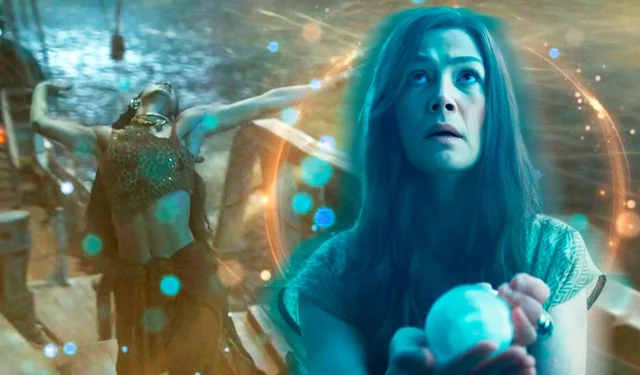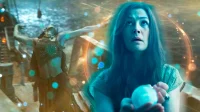This article contains SPOILERS for The Wheel of Time season 3, episode 5.
The recently aired fifth episode of season 3 of The Wheel of Time has opened the door to an intriguing new culture within its vast fantasy universe: the Sea Folk. This adaptation of Robert Jordan’s expansive narrative stands poised to capture the interest of viewers, matching the depth of worlds seen in renowned series like The Lord of the Rings, Malazan, and A Song of Ice & Fire. Prime Video’s rendition has already showcased various cultures including the Aiel and Seanchan, as well as organizations like the Aes Sedai and the Children of the Light. Now it delves into the life of the Sea Folk.
Season 3 draws its narrative inspiration from The Shadow Rising, the fourth book in Jordan’s acclaimed series. This particular novel is pivotal as it transitions the overarching tale from a traditional hero’s journey to an epic saga spanning numerous civilizations, cultures, and factions. For the TV series to effectively replicate the expansive scope of the Last Battle depicted in the books, it must continue to introduce audiences to a rich tapestry of diverse groups, and the recent introduction of the Sea Folk is a significant stride in that direction.
The Sea Folk: Maritime Dwellers of The Wheel of Time
Beyond the Waves: Our Heroes Aboard a Sea Folk Ship
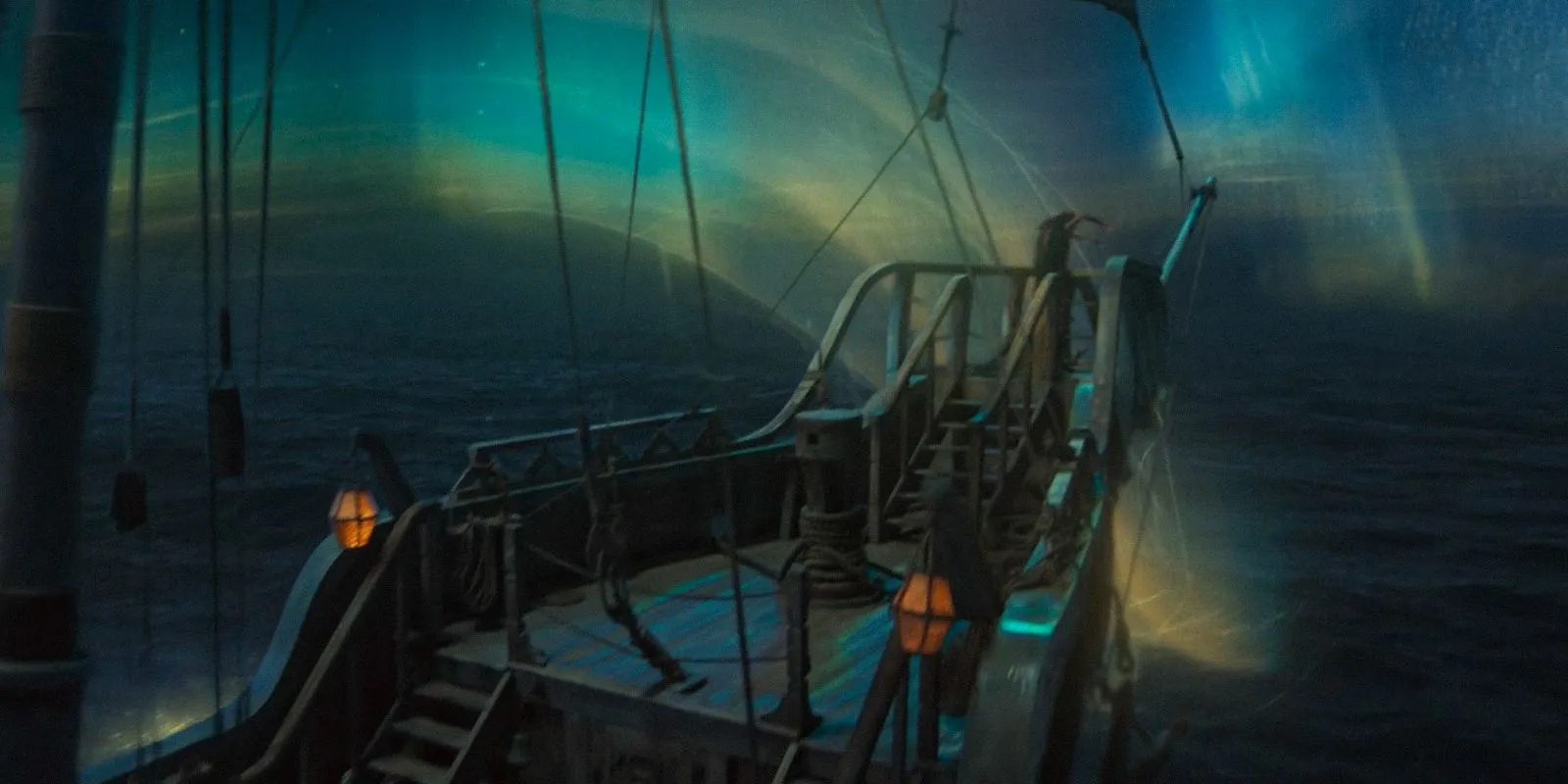
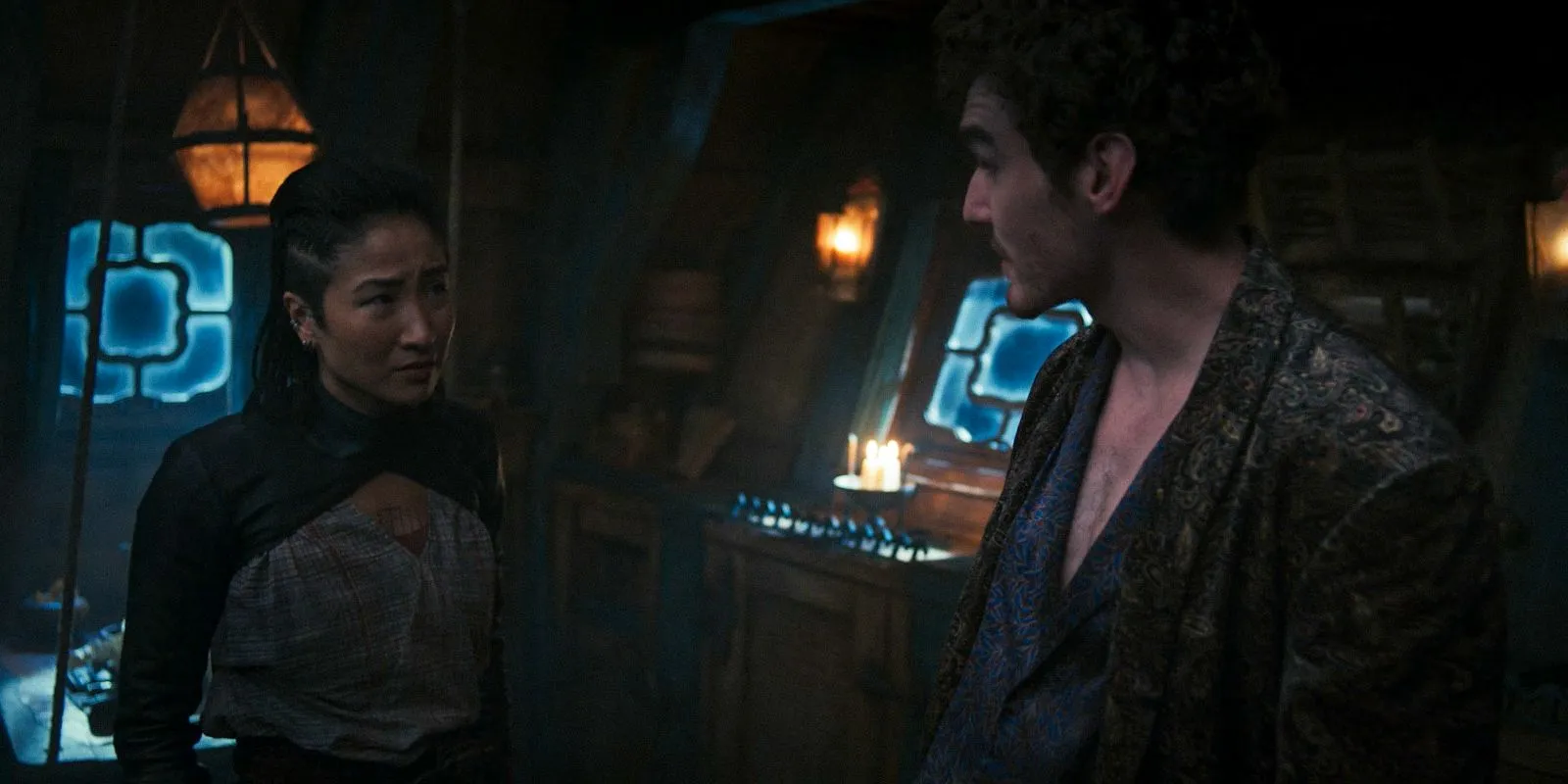
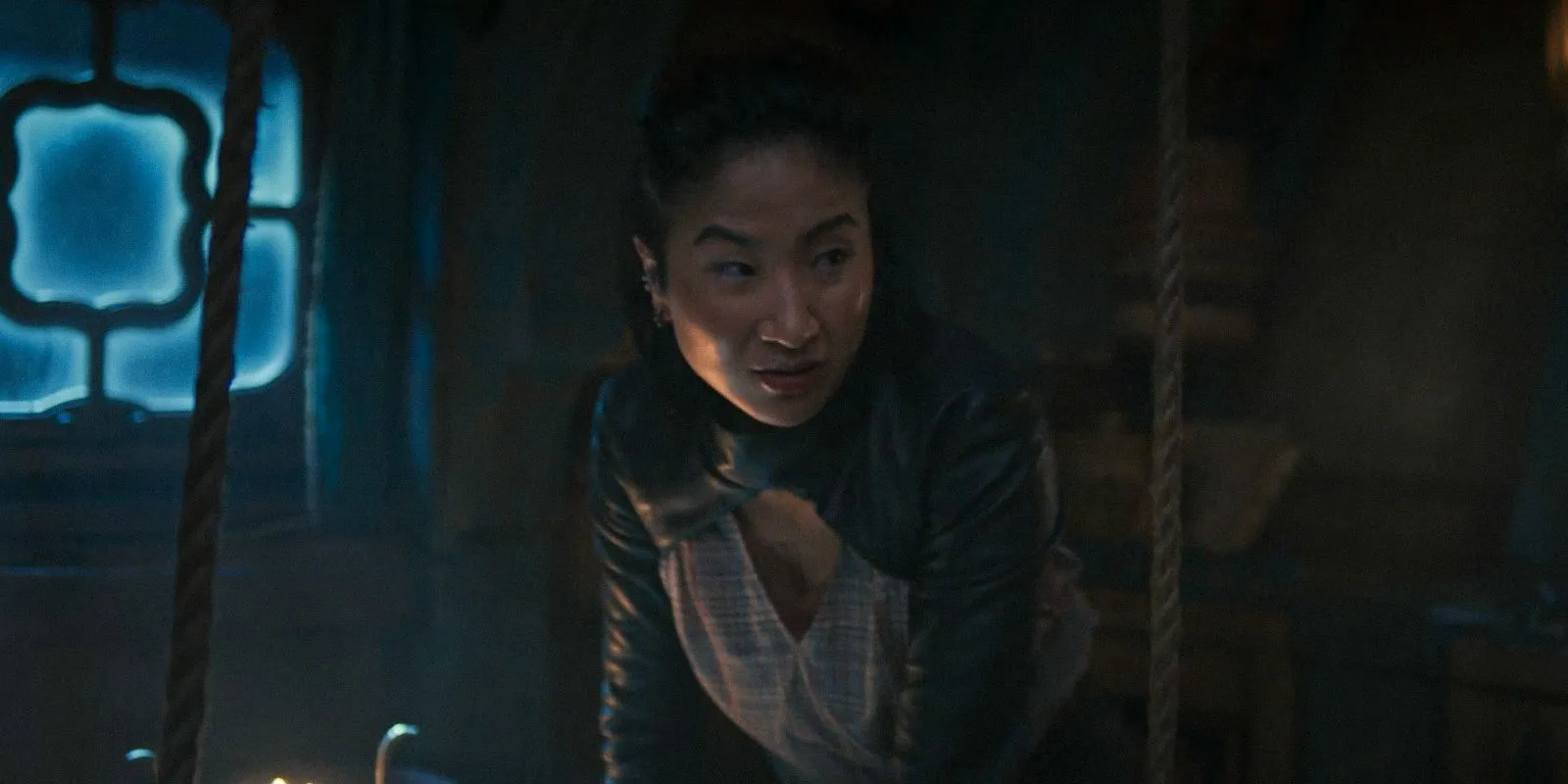
In season 3, Nynaeve, Elayne, Mat, and Min embark on a voyage from Tar Valon to the coastal city of Tanchico. Episode 5 highlights their journey as the crew navigates their Sea Folk vessel, piloted by one of their own who utilizes the One Power to enhance their sailing speed. Known as the Atha’an Miere, the Sea Folk inhabit ships and archipelagos across the Aryth Ocean and the Sea of Storms, situated west and south of the continent where the action unfolds.
These people, primarily found in island clusters within the aforementioned waters, limit their trips to the mainland of the Westlands mainly for trade. They are especially renowned for their finely crafted porcelain, a high-demand commodity due to its artistry. Notably, the cost of boarding a Sea Folk ship is usually steep, attributable to the demonstrated efficiency provided by the One Power. It is crucial to distinguish the Sea Folk from the Seanchan, who originate from a completely different continent.
At the helm of Sea Folk society is the Mistress of Ships, a figure of immense cultural regard akin to a queen, such as Morgase of Andor. Furthermore, women, akin to Aes Sedai, can ascend to leadership roles as Wavemistresses, while their male counterparts are recognized as Swordmasters. Tellingly, earrings worn in the ears and nose signify social status, with more earrings denoting higher rank within this society.
Understanding Windfinders and Male Channelers in Sea Folk Culture
Channeling the Winds: The Sea Folk’s Unique Mastery
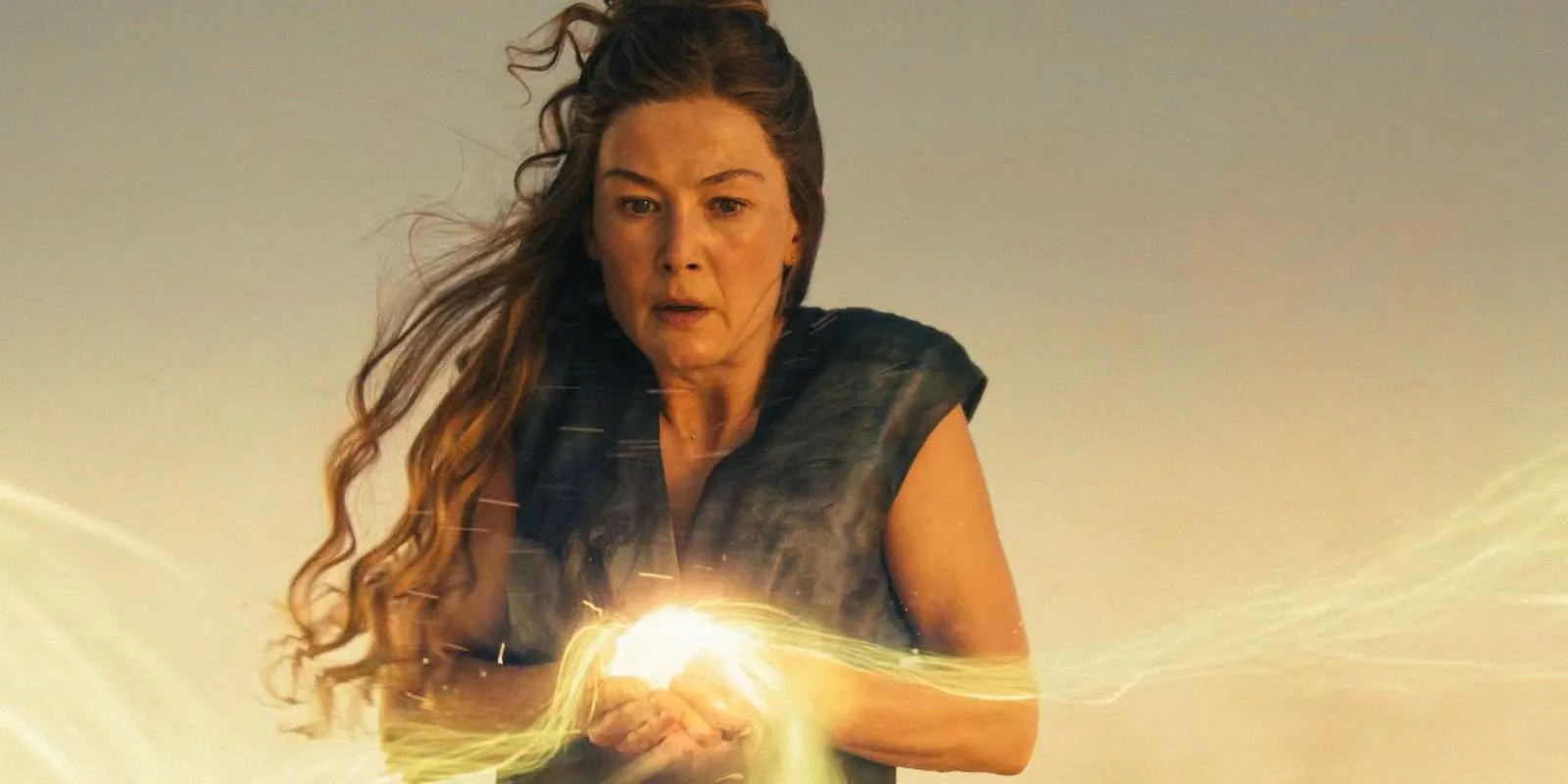
Image via Prime Video
In Sea Folk society, female channelers enjoy certain privileges, as opposed to their male counterparts, who face significant challenges due to societal attitudes towards channeling. Episode 5 illustrates this dynamic through the character of a Windfinder—a female channeler skilled in Weaving the Winds. This magical ability enables her to manipulate the elements of weather and sea to hasten their journey, utilizing Air and Water in a manner distinct from Aes Sedai methods.
There is a palpable concern among the Sea Folk regarding exposure to the Aes Sedai, who might seek to recruit Windfinders into their ranks at the White Tower. This is why, during their travels, the Sea Folk requested that Elayne and her companions remain hidden below deck, working to camouflage their swift navigation techniques. They commonly employ various strategies to mask their channeling from the eyes of Aes Sedai, creating an illusion that they lack such abilities.
In Sea Folk culture, men that exhibit channeling abilities face dire consequences: they are either compelled to relinquish their lives by walking off a ship into the ocean with a heavy stone tied to them or are left abandoned on desolate islands, devoid of food or water. The choice of death by drowning may seem honorable compared to the desperate fate of being marooned.
The Dragon Reborn and His Place in Sea Folk Lore
Coramoor: The Sea Folk’s Prophetic Belief
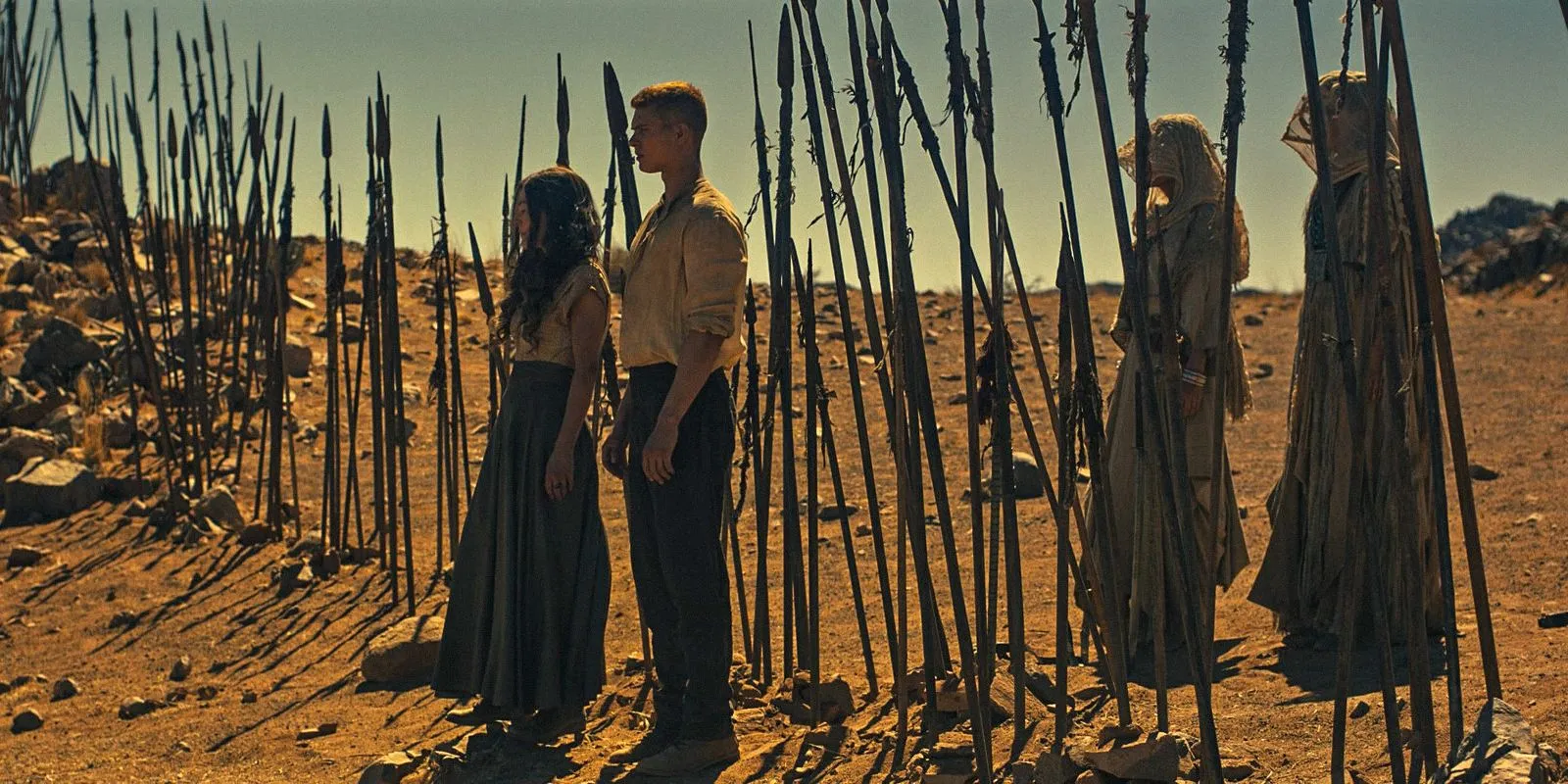
Image via Prime Video
Season 3 also spotlights the diverse prophecies held by various cultures regarding the Dragon Reborn outside the mainstream Karaethon Cycle. Although the Aiel regard Rand al’Thor as their prophesied Car’a’carn, they require him to validate his worthiness before accepting him. Similarly, the Sea Folk possess a distinct prophecy known as the Jendai Prophecy, recognizing the Dragon Reborn as Coramoor.
The Sea Folk’s faith in Coramoor hinges on the belief that he will lead them toward dominance over the seas. This belief renders them crucial players in the ongoing epic of The Wheel of Time. While Rand al’Thor remains unaware of their legends and interactions for now, their fate intertwines with his as he seeks to gain followers for the impending Last Battle.
Rand’s public declaration as the Dragon Reborn at Falme during the conclusion of season 2 propels him into the realms of prophecy fulfillment, as he gathers allies across cultures for the ultimate confrontation between light and darkness. The richness of The Wheel of Time lies in its nuanced portrayal of each culture and faction’s contributions to this climactic moment, including that of the Sea Folk.
